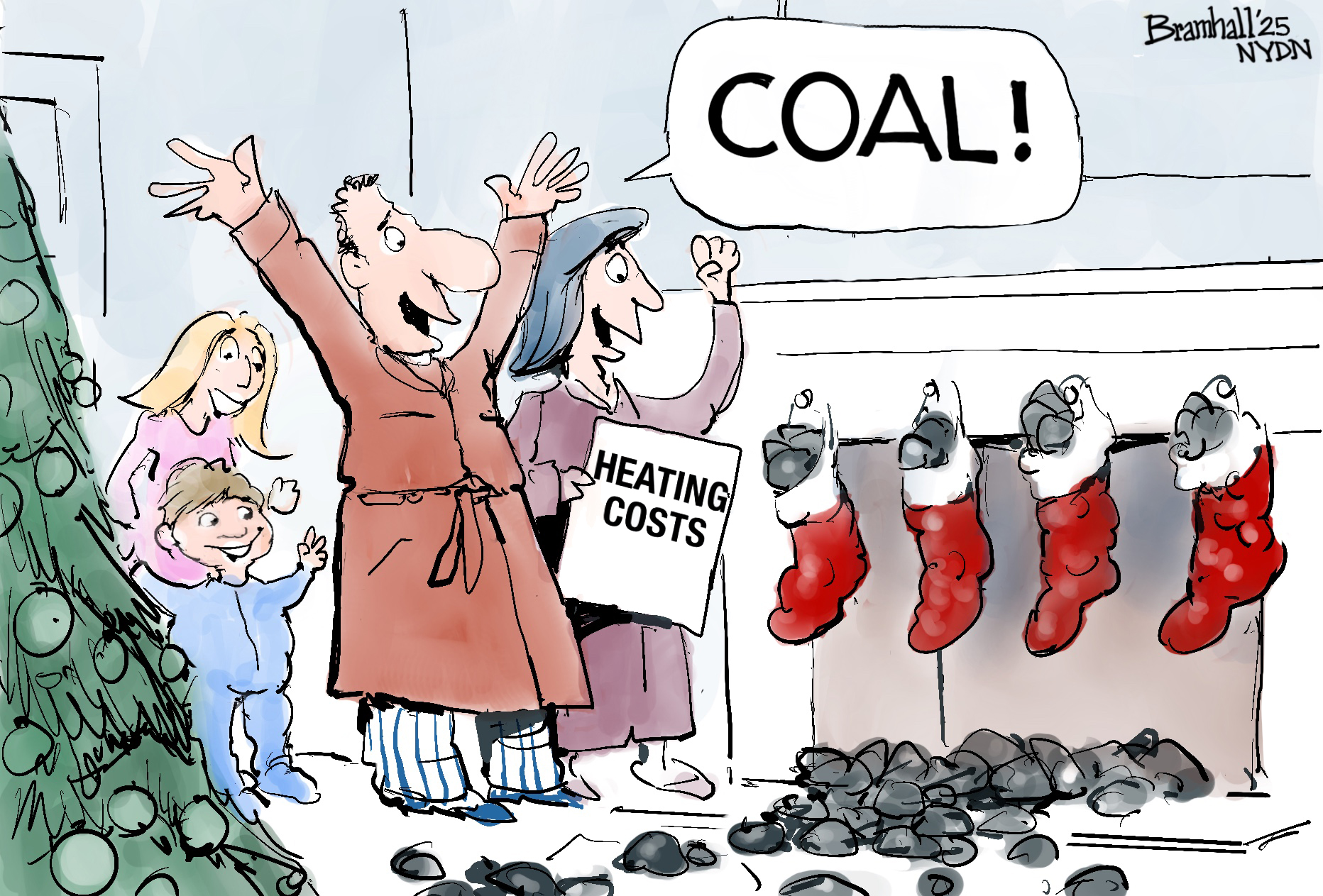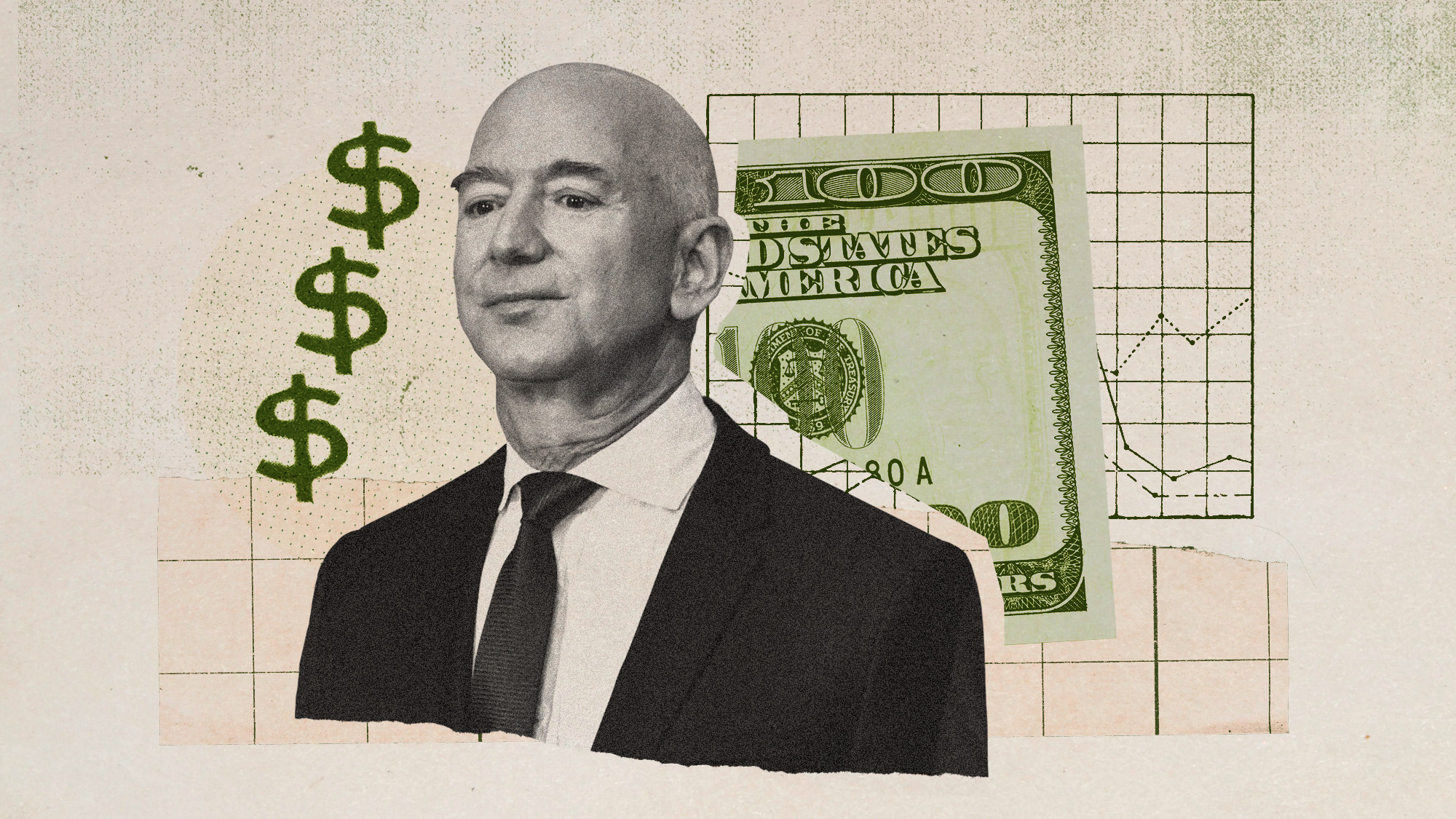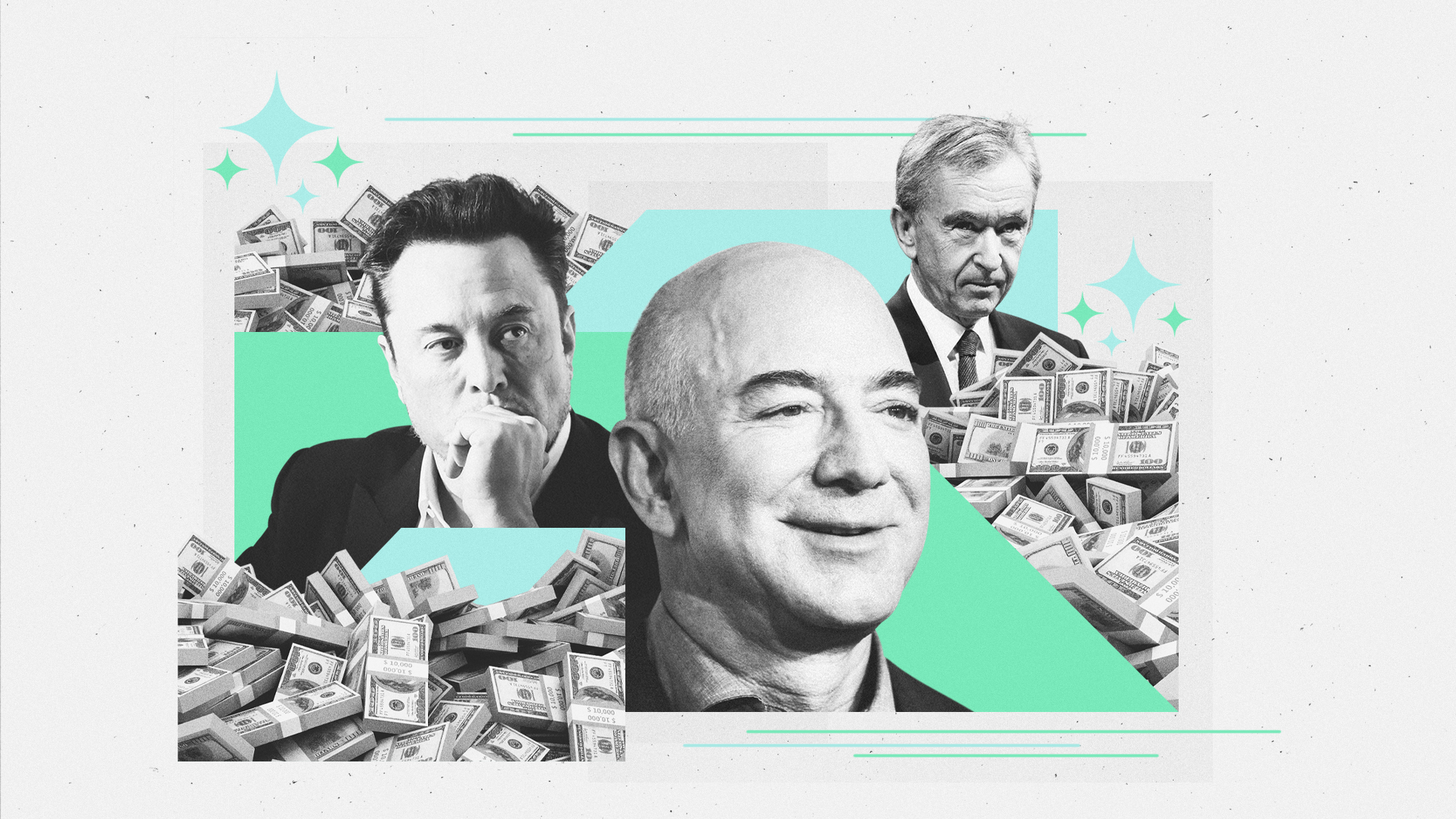A transformed workplace
COVID-19 has changed how and where people work. What is the future of employment?

COVID-19 has changed how and where people work. What is the future of employment? Here's everything you need to know:
How did COVID affect jobs?
The pandemic enormously accelerated existing trends such as remote work, automation-based job displacement, and the widening opportunity gap between highly educated employees and those without a college degree. The decline in workforce participation from February 2020 to February 2021 exceeded that of the Great Recession, and people who kept their jobs often had to do them differently. At the height of the COVID pandemic, more than half of North America's labor force did their jobs remotely, double the number from a year earlier. People working at home saw their workday grow an average of 48 minutes longer, a Harvard Business School study found, and data from Microsoft Teams detected a 148 percent surge in the amount of time employees spent in video meetings. In recent months, the Delta variant's spread has quashed many companies' plans for a fall return to the office: Facebook, Apple, and Google are among the companies that have pushed back reopening their headquarters until at least January 2022.
The Week
Escape your echo chamber. Get the facts behind the news, plus analysis from multiple perspectives.

Sign up for The Week's Free Newsletters
From our morning news briefing to a weekly Good News Newsletter, get the best of The Week delivered directly to your inbox.
From our morning news briefing to a weekly Good News Newsletter, get the best of The Week delivered directly to your inbox.
How is the job market now?
It's in the midst of a major transition. Employers are dealing with the "Great Resignation": In the second quarter of 2021, Labor Department data show, 11.5 million Americans quit their jobs, and by July, 8.4 million potential workers were jobless even as a record 10.9 million positions remained open. Recent surveys conducted by Gallup, Microsoft, and Adobe have found that between a third and a half of workers are looking to quit or change jobs. For many, this appears to be connected to burnout and dissatisfaction: 37 percent of global respondents to a survey released by Microsoft's Work Trend Index said their bosses expected too much of them during the pandemic. There's also what management consultant Tim Brackney calls the "Great Mismatch" between job seekers' preferences and skill sets and what employers want. One McKinsey study estimates that major changes in the economy during the pandemic will force 17 million American workers to find new occupations.
How will workplaces operate now?
It will vary widely from company to company. A few tech companies, including Slack and Dropbox, have adopted "virtual-first" policies and will expect most of their employees to work remotely. A LinkedIn poll found that 87 percent of workers would prefer to stay remote for at least part of the week even after the pandemic ends. Remote work has saved former commuters an average of $248 a month, and more than 14 million Americans surveyed by freelancing platform Upwork said they were considering moving to a cheaper or less crowded place. Still, a "hybrid" model is likely to dominate most of corporate America: In one PricewaterhouseCoopers survey, a plurality of employers said a typical employee should be in the office at least three days a week. More than two-thirds of workers polled by insurance and financial company Prudential in March agreed that a hybrid model would be ideal.
A free daily email with the biggest news stories of the day – and the best features from TheWeek.com
Is hybrid better than remote?
Many employers and management experts say there are big downsides to having a fully remote workforce. Having virtually no in-person contact with co-workers limits spontaneous conversation, makes collaboration more difficult, and weakens the bond workers feel with one another and the company. Research indicates that remote workers are less likely to get in touch with new employees or those outside of their teams. One study by productivity consulting firm Time Is Ltd. found that those hired during the pandemic made 17 percent fewer connections with co-workers than previous new hires. A 2014 Stanford study conducted at a large, multinational Chinese company found that remote employees had a 50 percent lower promotion rate after 21 months than their in-office colleagues. Prudential executive Rob Falzon attributes the spike in job hunting to a "disassociation" from company culture. "Business in any form is a social phenomenon," said Oxford University psychologist Robin Dunbar. "Without face-to-face engagement, the 'flow' that makes things work, and work fast, will be missing." Some types of jobs, however, required in-person work during most or all of the pandemic.
Which jobs were these?
Health-care and service workers such as restaurant workers, retail staff, mass transit operators, and cops and firefighters. The pandemic has produced what Stanford economist Nicholas Bloom calls a "two-tier economy" of remote workers and those whose jobs require in-person interaction, often in COVID-unsafe conditions. A report from the American Psychological Association revealed that nearly one-third of essential workers reported declines in their mental health, and one-quarter were diagnosed with mental disorders since the beginning of the pandemic. These workers were among the first participants in the Great Resignation, citing low pay, heavy workloads, hazardous conditions, and stressful, sometimes hostile interactions with the public. "We didn't sign up to be sacrificial lambs," one anonymous Albuquerque, New Mexico, nurse who quit her job in April told NBC News. "You don't send soldiers to war without a gun and expect them to do their job, but you are doing that to us."
The ongoing 'she-cession'
About 4.2 million women left the labor force during the first wave of the pandemic in 2020, and for many, their careers haven't recovered. Those with young children found themselves in a no-win situation: Even if they avoided layoffs, the demands of child care combined with the closure of schools and day-care centers made sustained work difficult or impossible. Women have primarily borne most of the burden of caring for preschool-aged children, and once the pandemic closed schools and day-care centers, mothers of children between ages 2 and 6 became more than four times as likely to leave the workforce as fathers. Multiple surveys indicate that men are more likely to return to office work than women, and for more days. That may deal a further blow to women's careers, with a survey showing that 64 percent of managers believe that office workers outperform remote workers. "It's not a question of whether women are set back in the workplace," said Elizabeth Gedmark of the workplace-justice advocacy group A Better Balance. "It's a question of how far back will we go: 10 years, 15 years, 20 years?"
This article was first published in the latest issue of The Week magazine. If you want to read more like it, you can try six risk-free issues of the magazine here.
-
 Trump administration posts sliver of Epstein files
Trump administration posts sliver of Epstein filesSpeed Read Many of the Justice Department documents were heavily redacted, though new photos of both Donald Trump and Bill Clinton emerged
-
 ‘The point here is not to be anti-tech, but to rebalance a dynamic’
‘The point here is not to be anti-tech, but to rebalance a dynamic’Instant Opinion Opinion, comment and editorials of the day
-
 Political cartoons for December 22
Political cartoons for December 22Cartoons Monday's political cartoons include energy bills, redacted files, and renaming the Washington monument
-
 What's Jeff Bezos' net worth?
What's Jeff Bezos' net worth?In Depth The Amazon tycoon and third richest person in the world made his fortune pioneering online retail
-
 The rise of the world's first trillionaire
The rise of the world's first trillionairein depth When will it happen, and who will it be?
-
 'Brain drain' fear as record numbers leave New Zealand
'Brain drain' fear as record numbers leave New ZealandUnder The Radar Neighbouring Australia is luring young workers with prospect of better jobs
-
 Ghost kitchens are pulling a disappearing act
Ghost kitchens are pulling a disappearing actunder the radar The delivery-only trend is failing to live up to the hype built up during the pandemic
-
 The birth of the weekend: how workers won two days off
The birth of the weekend: how workers won two days offThe Explainer Since the 1960s, there has been talk of a four-day-week, and post-pandemic work patterns have strengthened those calls
-
 Why household wealth took off during the pandemic
Why household wealth took off during the pandemicUnder The Radar The Covid-19 pandemic caused a lot of pain and hardship, but new research shows it also left most Americans wealthier
-
 The surge in child labor
The surge in child laborThe Explainer A growing number of companies in the U.S. are illegally hiring children — and putting them to work in dangerous jobs.
-
 Your new car may be a 'privacy nightmare on wheels'
Your new car may be a 'privacy nightmare on wheels'Speed Read New cars come with helpful bells and whistles, but also cameras, microphones and sensors that are reporting on everything you do